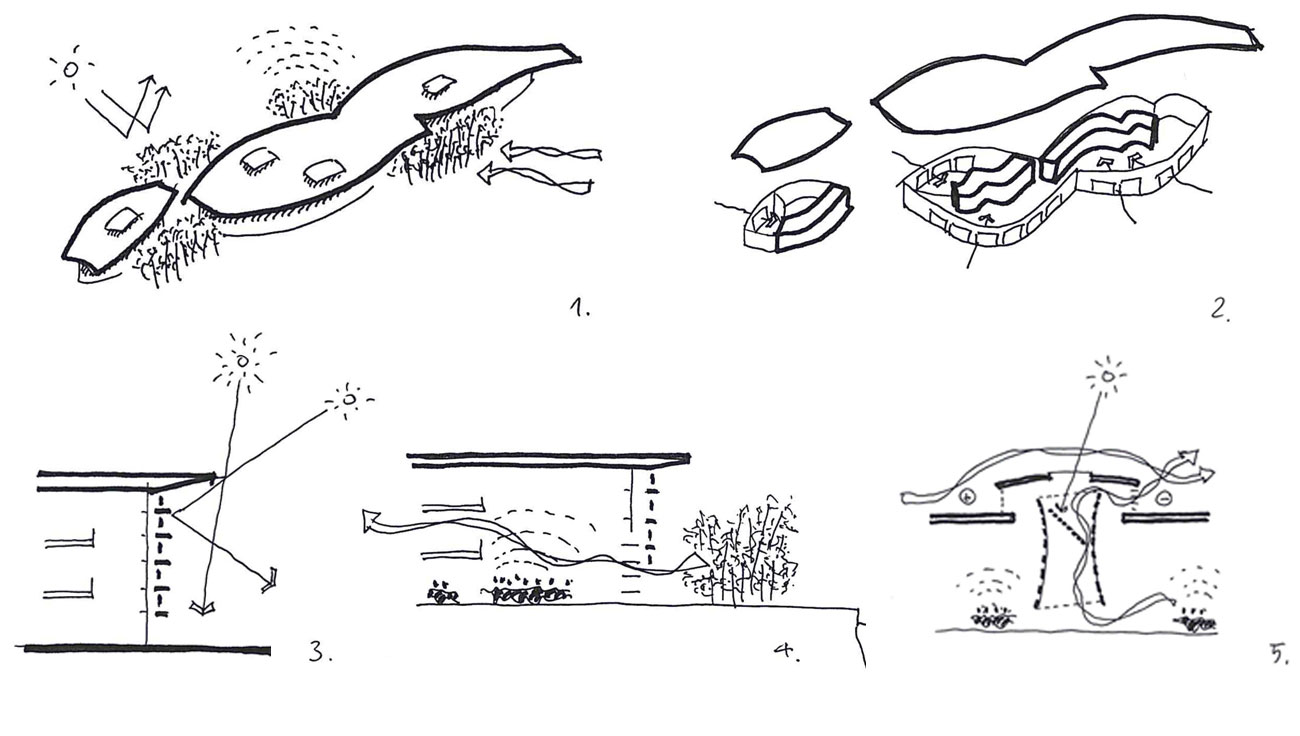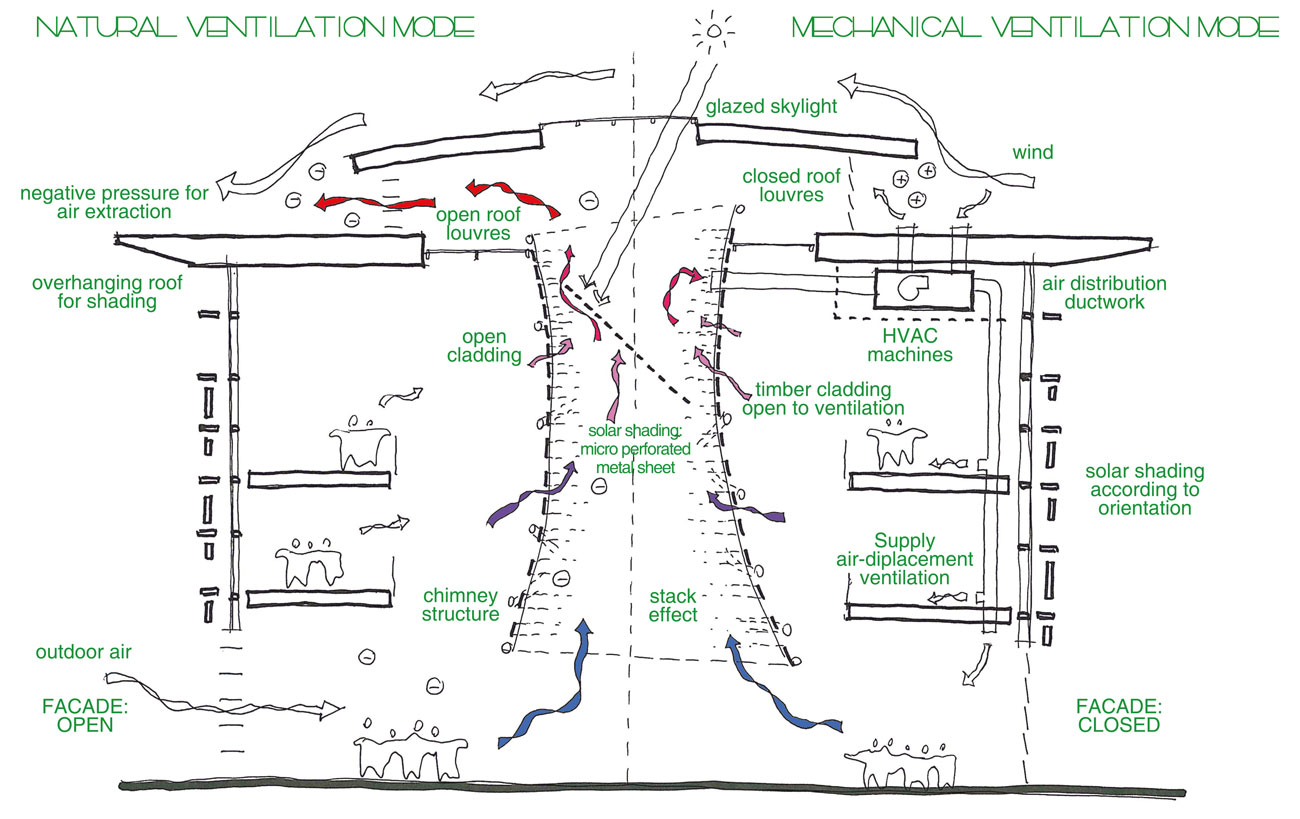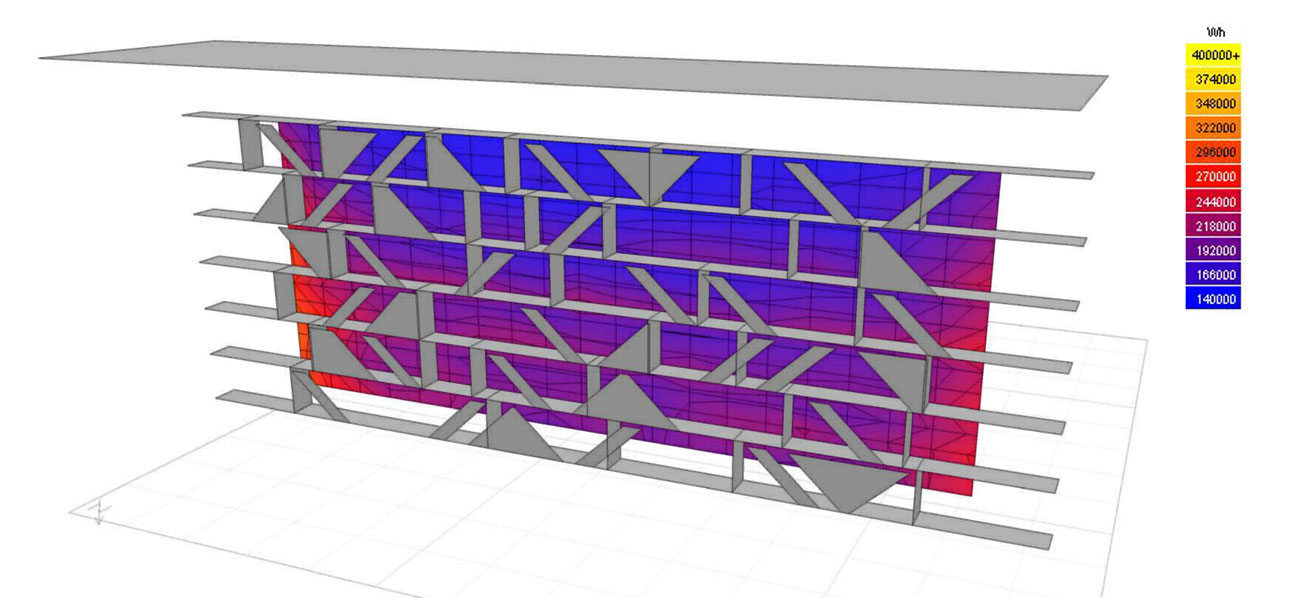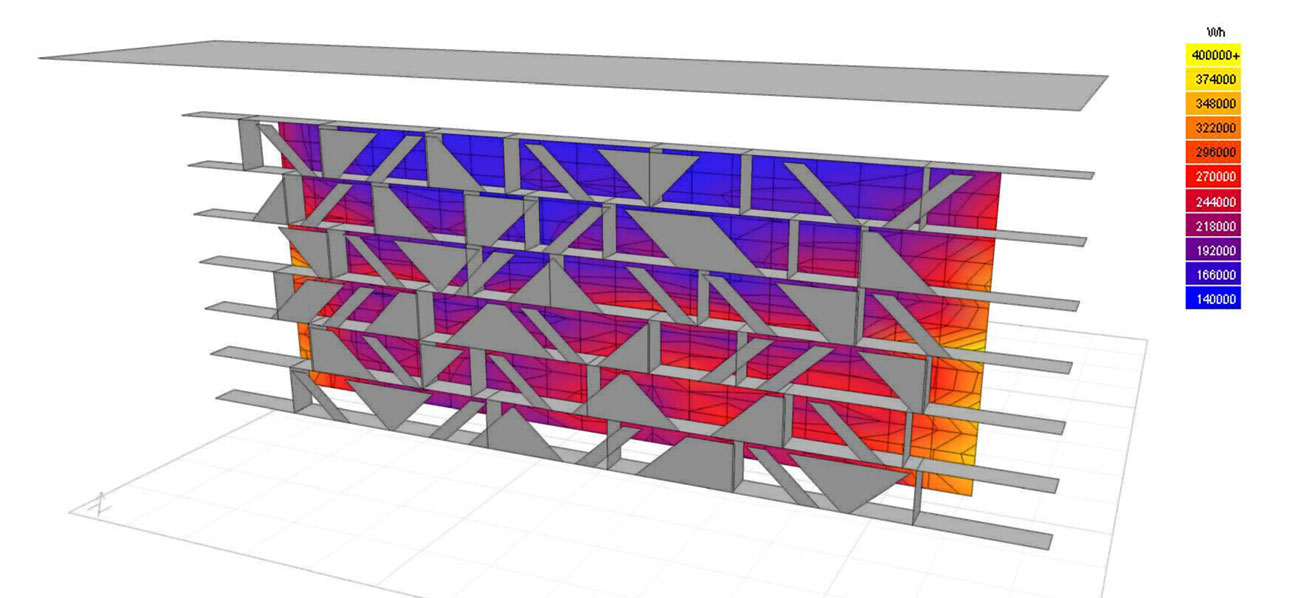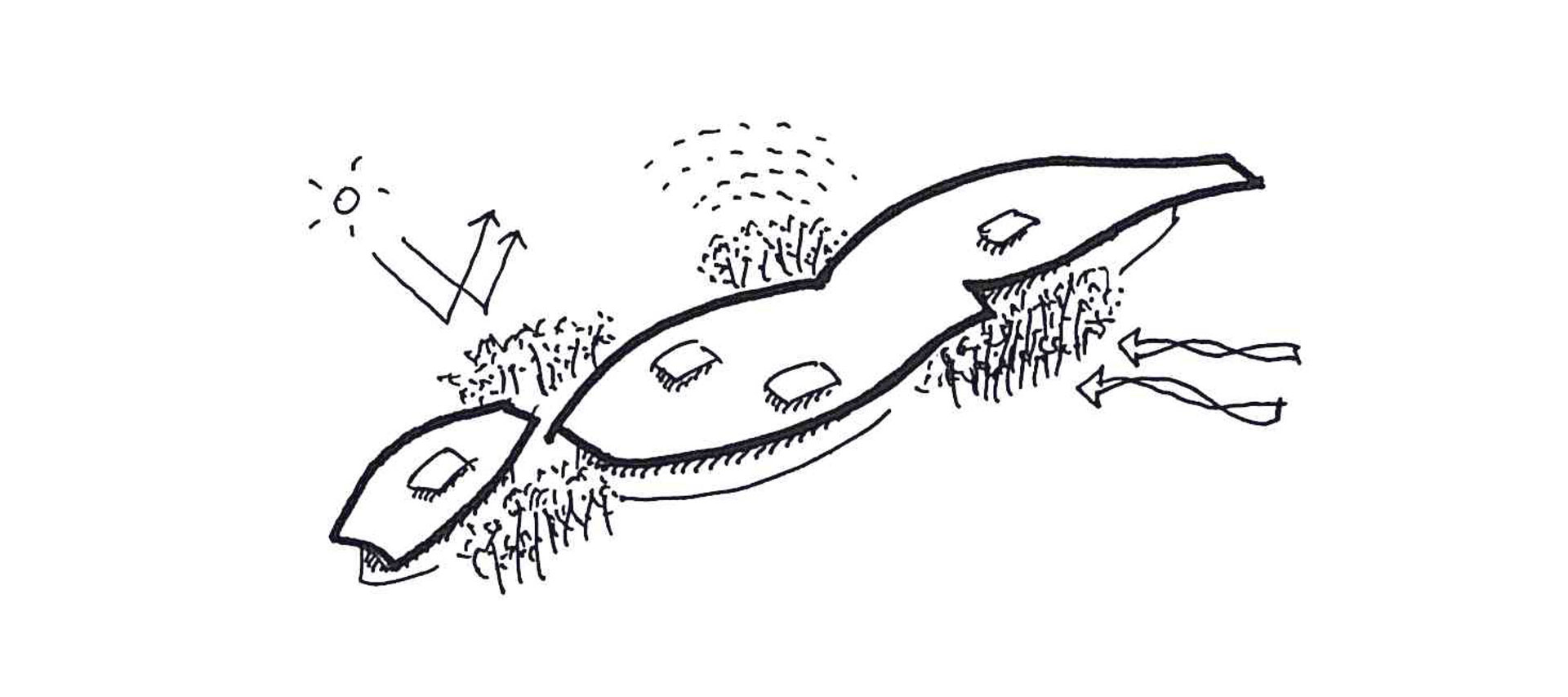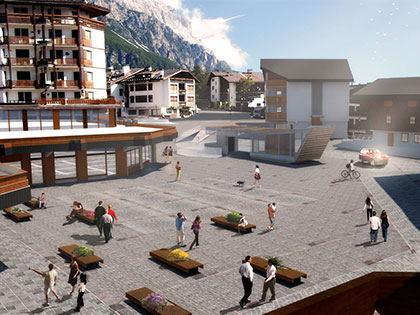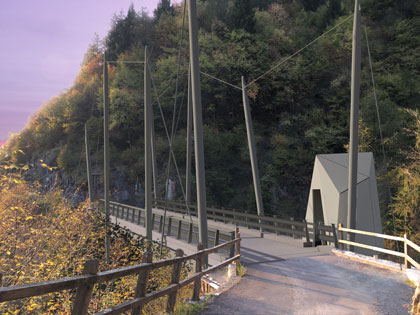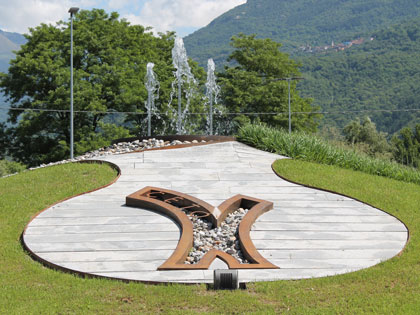Kinmen port – Taiwan, 2014
for
Kinmen
Feasibility design
with
Miralles Tagliabue EMBT
The design of the passenger centre in Kinmen is based on a number of passive, or low-energy, strategies that will significantly reduce the amount of non-renewable energy required for the comfort of users.
The green solutions adopted in the project are based on the very solid principle that the most sustainable source of energy is the energy that is not used: therefore, the first step was to improve as much as possible the effectiveness of the building fabric, and the ability of the building to self-regulate its internal conditions by passive means.
The steps to reduce the energy need for comfort are:
1. tempering the micro-climate around the building with the use of lush greenery, to reduce the temperature of outdoor surfaces and thus the stress on the building envelope;
2. adopting a strategy of “thermal zoning” based on different comfort expectations: in circulation areas the environmental conditions are more relaxed, while in offices, concessions, shops etc. temperature and humidity are more strictly controlled;
3. using the cantilevering roof and the shading devices to avoid direct solar radiation on the glazed surfaces and inside the building; this limits surface temperatures on the facades and controls overheating indoors;
4. using hybrid ventilation in the transitional zones;
5. enhancing natural ventilation flows with the use of extraction chimneys located in the transitional areas.
